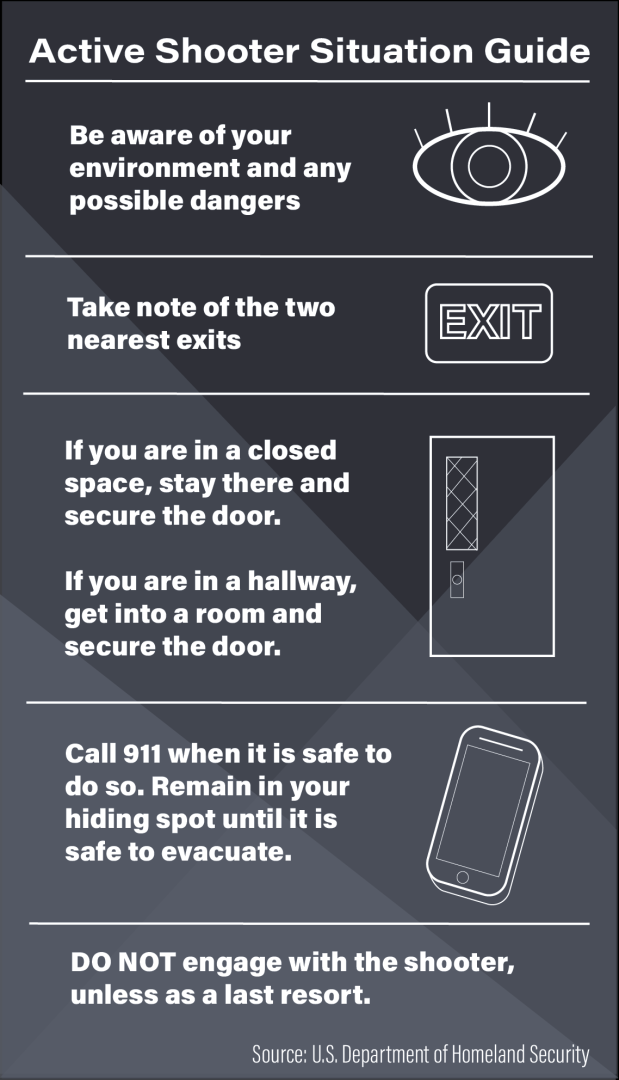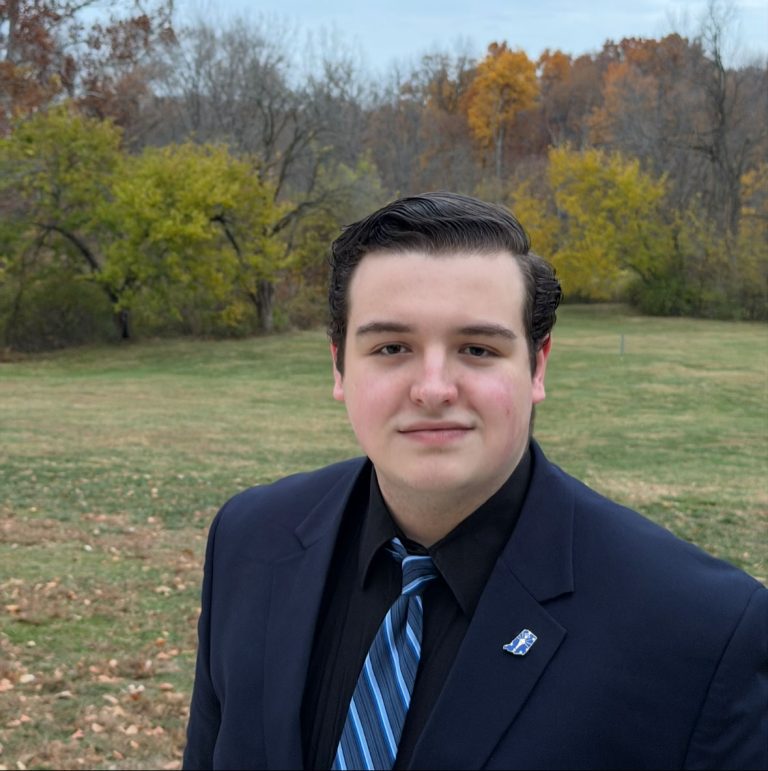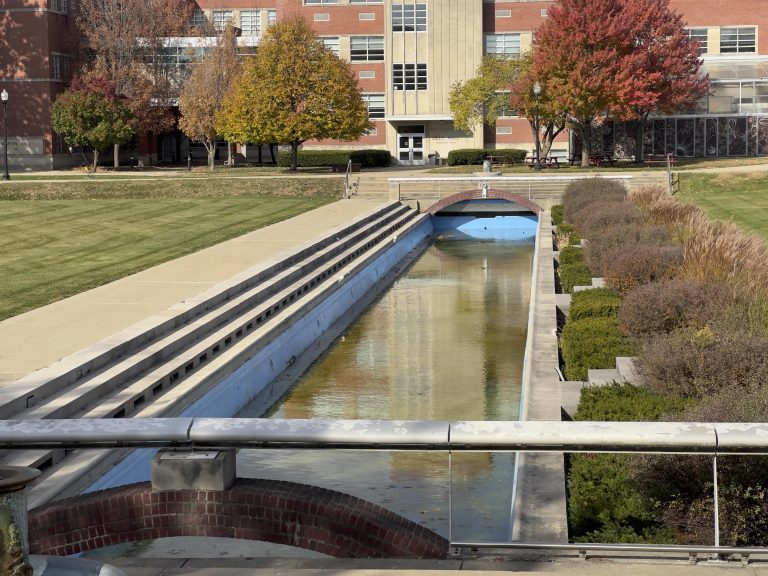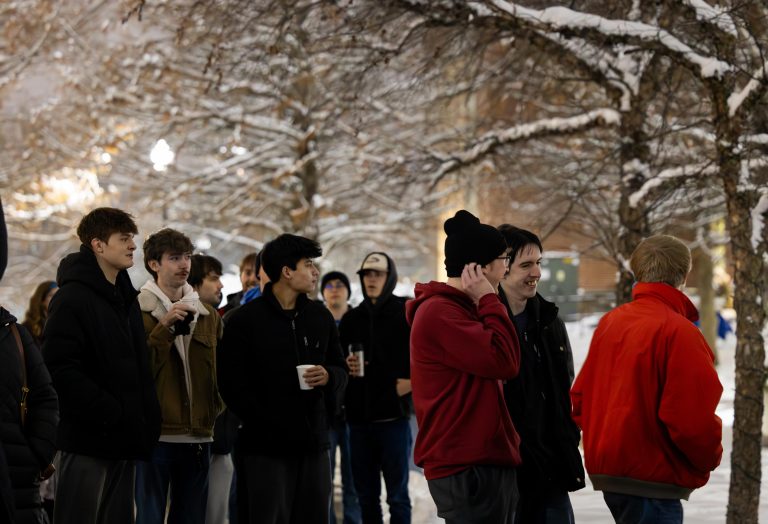From the Greenwood Park Mall shooting to a man being found shot on the University of Indianapolis campus, central Indiana is no stranger to the sounds of gunfire. Even schools have become acquainted with the same sound. Ever since the Parkland, Florida, shooting at Marjory Stoneman Douglas High School (which left 17 students dead back in 2018), many students, including me, have begun to question the security and preparedness of our own schools. Is UIndy prepared in the event of a school shooting?
My answer is no, but I believe no school truly is prepared in the event of a shooting. I believe the best way for a school to be prepared for a shooting is to have policies in place that help prevent a shooter from entering a school or campus. Since decisions about protective policies such as gun restriction regulations are made by the state or federal government, schools may not be able to take the measures possibly needed to protect their students.
According to NRA-ILA, the legal age to own a gun in the state of Indiana is 18. Rifle and shotgun owners in Indiana also have the right to carry without a permit. This means just about every student on the UIndy campus can legally own a gun. According to USA Facts, the Second Amendment grants people the right to bear arms on public property, but states have the right to decide whether people are allowed to carry openly or concealed.

UIndy Chief of Police and Director of Campus Security David Selby said that since UIndy is a private school, the university has the right to make policies that prohibit any weapons on campus with the exception of mace (pepper spray).
According to UIndy Police Lieutenant Brandon Pate, in the event of a school shooting, the police department’s main job is to mitigate the threat.
“We’re hoping that [students and staff are] self-assessing and doing some self-training on run-hide-fight,” Pate said.
Students may not see UIndy police officers around campus all the time, but according to Selby, whenever a call comes in, officers will respond as quickly as they can.
“As soon as we’re called, we’ll come in. The advantage that [UIndy Police have] … we are connected with Marion County Dispatch. So when a call goes out, all the agencies around us hear it,” Selby said.
Although I do have faith that officers would arrive at the scene of a school shooting quickly, I wonder if the police department’s ability to respond quickly would be enough to ensure that, hopefully, no students would be harmed. However, if officers were stationed in main UIndy buildings, such as the Schwitzer Student Center and the Krannert Memorial Library, perhaps a shooter who walked into one of those buildings could be apprehended quickly. Or perhaps the shooter would be intimidated by the stationed officers and choose not to commit the crime at all.
This may not seem like the most necessary change, since the police typically respond swiftly, but it could prevent UIndy students from being harmed.
As an elementary education major, I always will have to worry about the possibility of a school shooting and whether the school’s level of security will be enough to protect my students and me. The only way I can trust that a school is prepared for a shooting is to see policies and preventative measures implemented to protect students and staff from gun violence.
I do not believe the UIndy Police Department has failed to protect students on campus, but there is always room for improvement when it comes to security and the safety of students.





